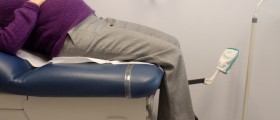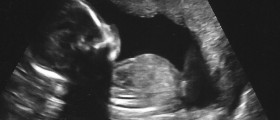
What?
IUGR babies will be smaller than the 10th percentile for their gestational age. This is something that is diagnosed through ultrasound during pregnancy. Some babies are just small, something that can be genetic. In cases of true IUGR, something is preventing the baby from developing normally within the womb. Following the diagnoses, the cause of Intrauterine Growth Restriction is something that can be inspected more closely.
Causes
Placental problems. These can include a placenta that is too small, one that covers the cervix (placenta previa), or one that has started to separate from the uterine wall (placental abruption). Maternal medical conditions including preeclampsia, pregnancy-induced hypertension, or kidney problems. Birth defects or chromosomal abnormalities in the fetus. Maternal malnutrition or being severely underweight. Smoking or drinking in the mother. Twin or multiple pregnancyPotential problems
Babies diagnosed with IUGR sometimes turn out to be merely small babies, after all. There should be more to the diagnosis than one ultrasound in which the baby appears small for gestational age; the development is different over a longer period of time, and IUGR babies often have large heads in relation to the rest of their body. Low amniotic fluid can also be linked to IUGR.
Babies with Intrauterine Growth Restriction tend to have a low birth weight, and may face difficulty with vaginal delivery. The stillbirth rate is higher for IUGR babies, perhaps in part because their resistance to infections in lower and they have lower blood sugar levels at birth. Babies with Intrauterine Growth Restriction have trouble maintaining their body temperature after birth, and can have an unusually high percentage of red blood cells.
- medlineplus.gov/ency/article/001500.htm
- www.who.int/ceh/indicators/iugrnewborn.pdf
- Photo courtesy of Seán Ó Domhnaill by Flickr: www.flickr.com/photos/an_solas/5034178597/















Your thoughts on this
Loading...